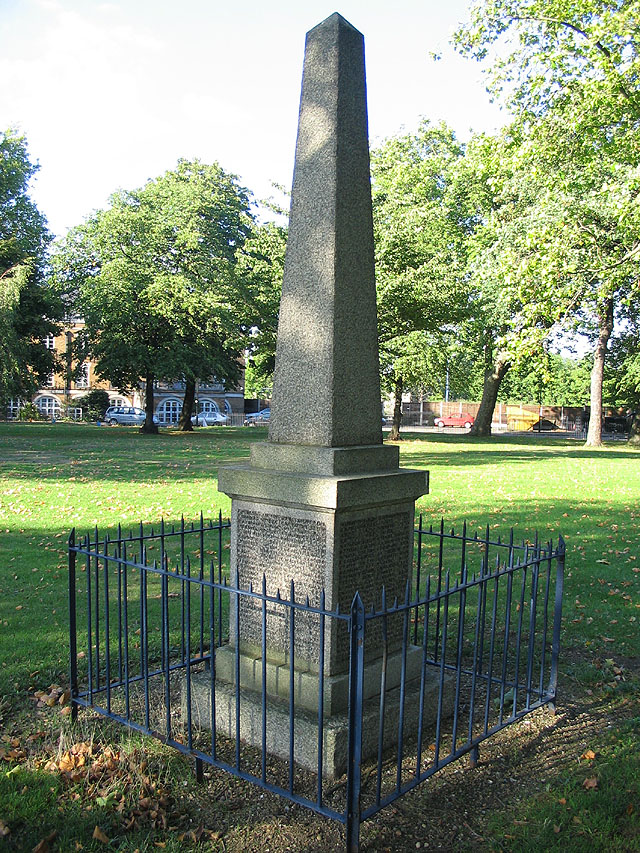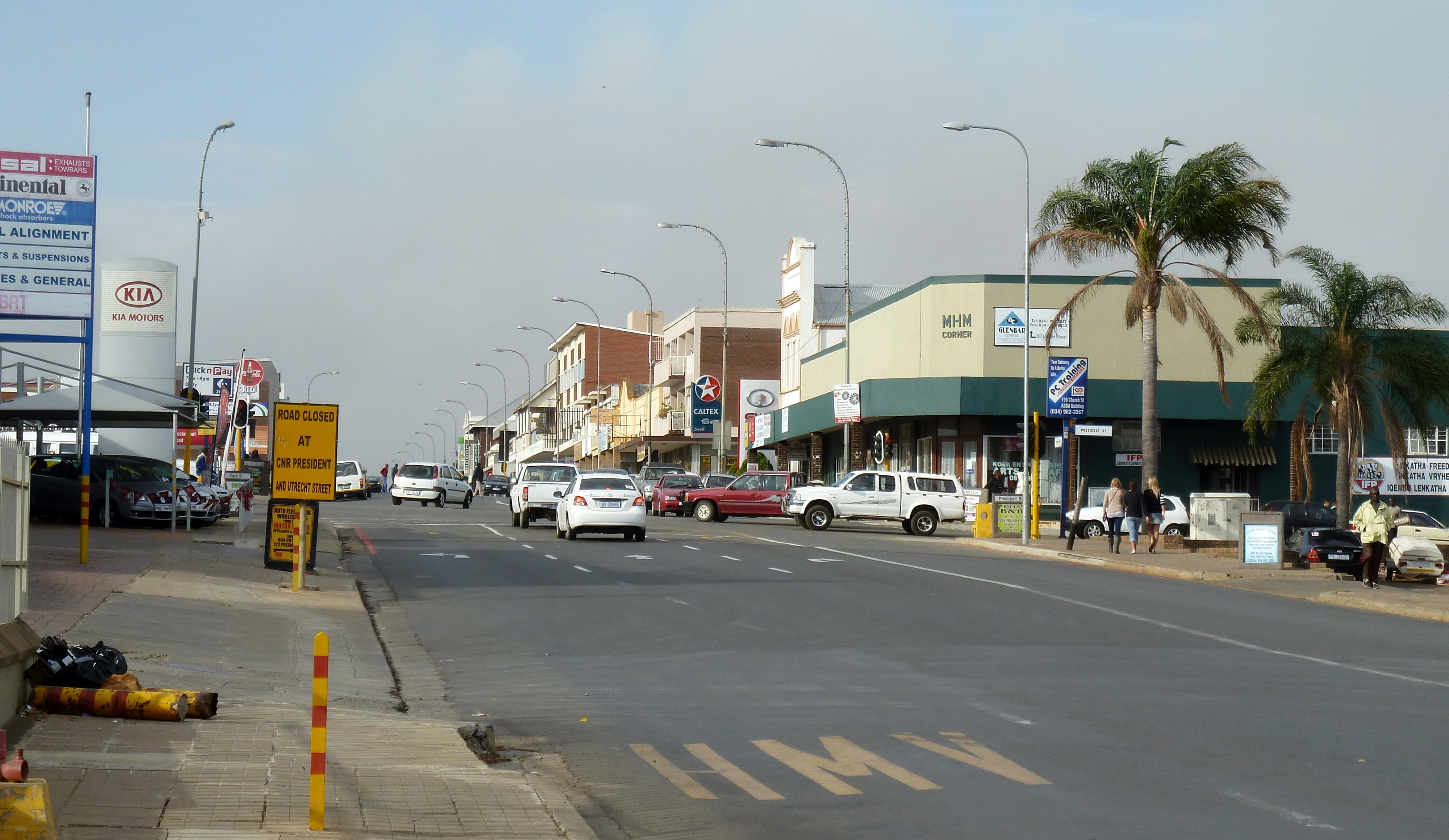|
Albert William Lee
Albert William Lee was an Anglican bishop in the mid 20th century. Lee was ordained in 1901. Following a curacy with the Eton Mission at Hackney Wick, he emigrated to Zululand where he became the Archdeacon of Vryheid in 1928 and then the Bishop of Zululand in 1935, holding the post until 1947."Ecclesiastical News", ''The Times ''The Times'' is a British daily national newspaper based in London. It began in 1785 under the title ''The Daily Universal Register'', adopting its current name on 1 January 1788. ''The Times'' and its sister paper ''The Sunday Times'' (fou ...'', 26 November 1946, p. 7. Notes and references Anglican bishops of Zululand 20th-century Anglican Church of Southern Africa bishops {{Africa-Anglican-bishop-stub ... [...More Info...] [...Related Items...] OR: [Wikipedia] [Google] [Baidu] |
Anglican
Anglicanism is a Western Christian tradition that has developed from the practices, liturgy, and identity of the Church of England following the English Reformation, in the context of the Protestant Reformation in Europe. It is one of the largest branches of Christianity, with around 110 million adherents worldwide . Adherents of Anglicanism are called ''Anglicans''; they are also called ''Episcopalians'' in some countries. The majority of Anglicans are members of national or regional ecclesiastical provinces of the international Anglican Communion, which forms the third-largest Christian communion in the world, after the Roman Catholic Church and the Eastern Orthodox Church. These provinces are in full communion with the See of Canterbury and thus with the Archbishop of Canterbury, whom the communion refers to as its '' primus inter pares'' (Latin, 'first among equals'). The Archbishop calls the decennial Lambeth Conference, chairs the meeting of primates, and is the ... [...More Info...] [...Related Items...] OR: [Wikipedia] [Google] [Baidu] |
Bishop
A bishop is an ordained clergy member who is entrusted with a position of authority and oversight in a religious institution. In Christianity, bishops are normally responsible for the governance of dioceses. The role or office of bishop is called episcopacy. Organizationally, several Christian denominations utilize ecclesiastical structures that call for the position of bishops, while other denominations have dispensed with this office, seeing it as a symbol of power. Bishops have also exercised political authority. Traditionally, bishops claim apostolic succession, a direct historical lineage dating back to the original Twelve Apostles or Saint Paul. The bishops are by doctrine understood as those who possess the full priesthood given by Jesus Christ, and therefore may ordain other clergy, including other bishops. A person ordained as a deacon, priest (i.e. presbyter), and then bishop is understood to hold the fullness of the ministerial priesthood, given responsibility b ... [...More Info...] [...Related Items...] OR: [Wikipedia] [Google] [Baidu] |
Ordained
Ordination is the process by which individuals are consecrated, that is, set apart and elevated from the laity class to the clergy, who are thus then authorized (usually by the denominational hierarchy composed of other clergy) to perform various religious rites and ceremonies. The process and ceremonies of ordination vary by religion and denomination. One who is in preparation for, or who is undergoing the process of ordination is sometimes called an ordinand. The liturgy used at an ordination is sometimes referred to as an ordination. Christianity Roman Catholic, Orthodox, Lutheran and Anglican churches In Roman Catholicism and Orthodoxy, ordination is one of the seven sacraments, variously called holy orders or '' cheirotonia'' ("Laying on of Hands"). Apostolic succession is considered an essential and necessary concept for ordination in the Catholic, Orthodox, High Church Lutheran, Moravian, and Anglican traditions, with the belief that all ordained clergy are ... [...More Info...] [...Related Items...] OR: [Wikipedia] [Google] [Baidu] |
Oxford University Press
Oxford University Press (OUP) is the university press of the University of Oxford. It is the largest university press in the world, and its printing history dates back to the 1480s. Having been officially granted the legal right to print books by decree in 1586, it is the second oldest university press after Cambridge University Press. It is a department of the University of Oxford and is governed by a group of 15 academics known as the Delegates of the Press, who are appointed by the vice-chancellor of the University of Oxford. The Delegates of the Press are led by the Secretary to the Delegates, who serves as OUP's chief executive and as its major representative on other university bodies. Oxford University Press has had a similar governance structure since the 17th century. The press is located on Walton Street, Oxford, opposite Somerville College, in the inner suburb of Jericho. For the last 500 years, OUP has primarily focused on the publication of pedagogical texts and ... [...More Info...] [...Related Items...] OR: [Wikipedia] [Google] [Baidu] |
Curate
A curate () is a person who is invested with the ''care'' or ''cure'' (''cura'') ''of souls'' of a parish. In this sense, "curate" means a parish priest; but in English-speaking countries the term ''curate'' is commonly used to describe clergy who are assistants to the parish priest. The duties or office of a curate are called a curacy. Etymology and other terms The term is derived from the Latin ''curatus'' (compare Curator). In other languages, derivations from ''curatus'' may be used differently. In French, the ''curé'' is the chief priest (assisted by a ''vicaire'') of a parish, as is the Italian ''curato'', the Spanish ''cura'', and the Filipino term ''kura paróko'' (which almost always refers to the parish priest), which is derived from Spanish. Catholic Church In the Catholic Church, the English word "curate" is used for a priest assigned to a parish in a position subordinate to that of the parish priest. The parish priest (or often, in the United States, the "pastor ... [...More Info...] [...Related Items...] OR: [Wikipedia] [Google] [Baidu] |
Eton Mission
St. Mary of Eton is an Anglican church at Hackney Wick, London, and a Grade II* listed building. It was built 1890–92 in the medieval Gothic style to serve the Eton Mission, a mission to the East End organised and funded by Eton College. History In the late 19th century, Eton College launched a scheme to provide social and religious support to people living in the crowded district of Hackney Wick in east London, and to familiarise privileged schoolboys with social conditions in deprived areas. The project of establishing an "Eton Mission" was started in 1880. St Mary of Eton Church was built 1890-02 as the centrepiece of the mission. Following wartime bomb damage, the Church of St Augustine in nearby Victoria was closed in 1953 and its congregation merged with St Mary’s to form St Mary of Eton with St Augustine. St Mary of Eton is notable as the founding location of the Church of England youth club the 59 Club. [...More Info...] [...Related Items...] OR: [Wikipedia] [Google] [Baidu] |
Hackney Wick
Hackney Wick is a neighbourhood in east London, England. The area forms the south-eastern part of the district of Hackney, and also of the wider London Borough of Hackney. Adjacent areas of the London Borough of Tower Hamlets are sometimes also described as being part of Hackney Wick. The area lies 4.2 miles (6.8 km) northeast of Charing Cross. Geography Hackney Wick is the south-eastern part of the historic district of Hackney, and also of the wider modern London Borough of Hackney. Adjacent parts of Old Ford (including Fish Island) in the London Borough of Tower Hamlets are also sometimes described as Hackney Wick, due to similar post-industrial land uses and their proximity to Hackney Wick railway station. The boundary runs along Wallis Road and the railway. The core area lies west of the Lee Navigation, here called Hackney Cut, however the parts of the Queen Elizabeth Olympic Park within Hackney have often also been described as Hackney Wick, and the ''East Wick' ... [...More Info...] [...Related Items...] OR: [Wikipedia] [Google] [Baidu] |
Natal Province
The Province of Natal (), commonly called Natal, was a province of South Africa from May 1910 until May 1994. Its capital was Pietermaritzburg. During this period rural areas inhabited by the black African population of Natal were organized into the bantustan of KwaZulu, which was progressively separated from the province, becoming partially autonomous in 1981. Of the white population, the majority were English-speaking people of British descent, causing Natal to become the only province to vote "No" to the creation of a republic in the referendum of 1960, due to very strong monarchist, pro-British Commonwealth, and anti-secessionist sentiment. In the latter part of the 1980s, Natal was in a state of violence between the Inkatha Freedom Party and the African National Congress, with violence subsidising soon after the first non-racial election in 1994.Taylor, Rupert. "Justice denied: political violence in Kwazulu‐Natal after 1994." African Affairs 101, no. 405 (2002): 473-508. ... [...More Info...] [...Related Items...] OR: [Wikipedia] [Google] [Baidu] |
Archdeacon
An archdeacon is a senior clergy position in the Church of the East, Chaldean Catholic Church, Syriac Orthodox Church, Anglican Communion, St Thomas Christians, Eastern Orthodox churches and some other Christian denominations, above that of most clergy and below a bishop. In the High Middle Ages it was the most senior diocesan position below a bishop in the Catholic Church. An archdeacon is often responsible for administration within an archdeaconry, which is the principal subdivision of the diocese. The ''Oxford Dictionary of the Christian Church'' has defined an archdeacon as "A cleric having a defined administrative authority delegated to him by the bishop in the whole or part of the diocese.". The office has often been described metaphorically as that of ''oculus episcopi'', the "bishop's eye". Roman Catholic Church In the Latin Catholic Church, the post of archdeacon, originally an ordained deacon (rather than a priest), was once one of great importance as a senior o ... [...More Info...] [...Related Items...] OR: [Wikipedia] [Google] [Baidu] |
Vryheid
Vryheid ( zu, IVryheid) is a coal mining and cattle ranching town in northern KwaZulu-Natal, South Africa. Vryheid is the Afrikaans word for "freedom". History After Boer farmers, who lived in the Vryheid area, had helped King Dinuzulu defeat his rival chief Zibhebhu for succession of the Zulu throne, land that they occupied was given to them by cession from the Zulu king along the banks of the Mfolozi River. On August 5, 1884 the Boers formed the ''Nieuwe Republiek'' (New Republic) with Vryheid as its capital and its sovereignty was recognized by Germany and Portugal. It was later incorporated into the South African Republic, but at the end of the Second Boer War the town and its surrounding area was absorbed into the Natal colony by the British. Vryheid is located along the Transnet Coalline. Education In 2007 Inkamana High School and Vryheid Comprehensive Secondary School were amongst several schools recognised as "historic schools". Funding of six million rand a year was ea ... [...More Info...] [...Related Items...] OR: [Wikipedia] [Google] [Baidu] |
Anglican Diocese Of Zululand
The Diocese of Zululand is a diocese of the Anglican Church of Southern Africa which covers the part of the South African province of KwaZulu-Natal that lies to the northeast of the Buffalo and Tugela Rivers. It is divided in ten archdeaconries. History The establishment of the Anglican Diocese of Zululand has its roots in the visit of John Colenso, bishop of Natal, to King Mpande kaSenzangakhona in 1859 to secure his permission for a Zulu Mission. Permission was granted and the macaigave Colenso land at for the establishment of a mission station. In 1860, Colenso sent Robert Robertson from Umlazi Mission outside Durban, to start work at KwaMagwaza. After Colenso was excommunicated by the Bishop of Cape Town, Robertson refused to continue to accept him as his bishop. In 1870 on the 8 May, at the Whitehall Chapel in London, Edward Wilkinson was consecrated as the first bishop of the new diocese. He was given the title of ''Bishop for the Zulus and the tribes towards the Zamb ... [...More Info...] [...Related Items...] OR: [Wikipedia] [Google] [Baidu] |



.jpg)

.jpg)



